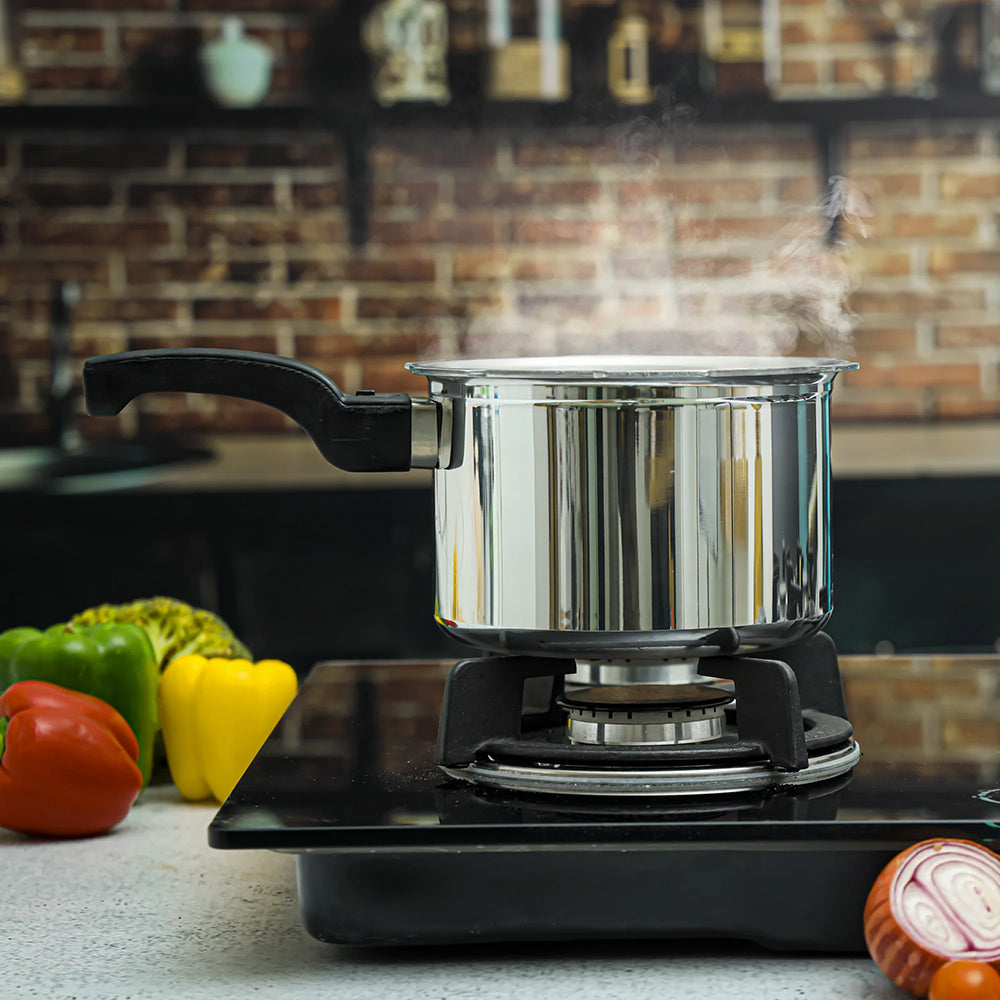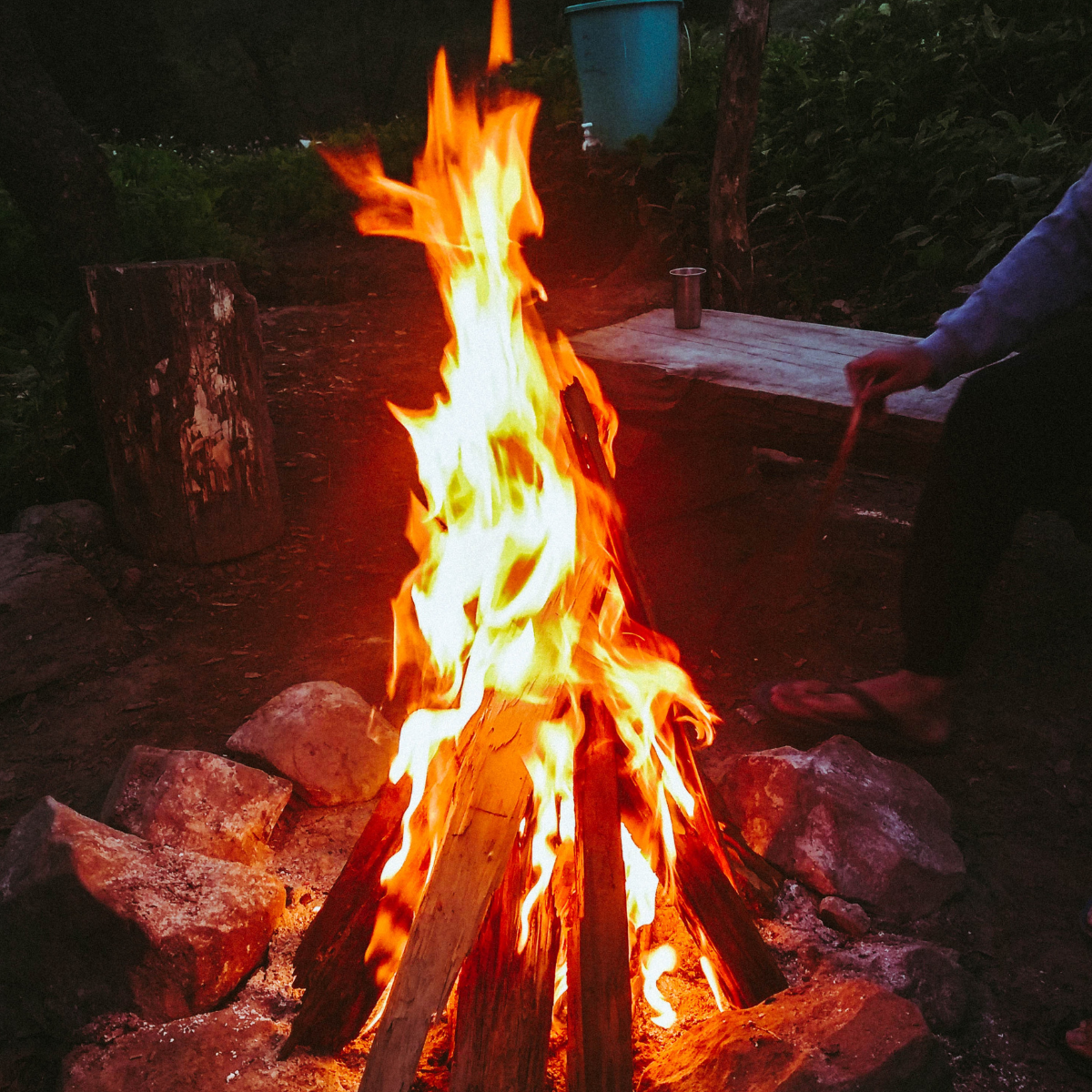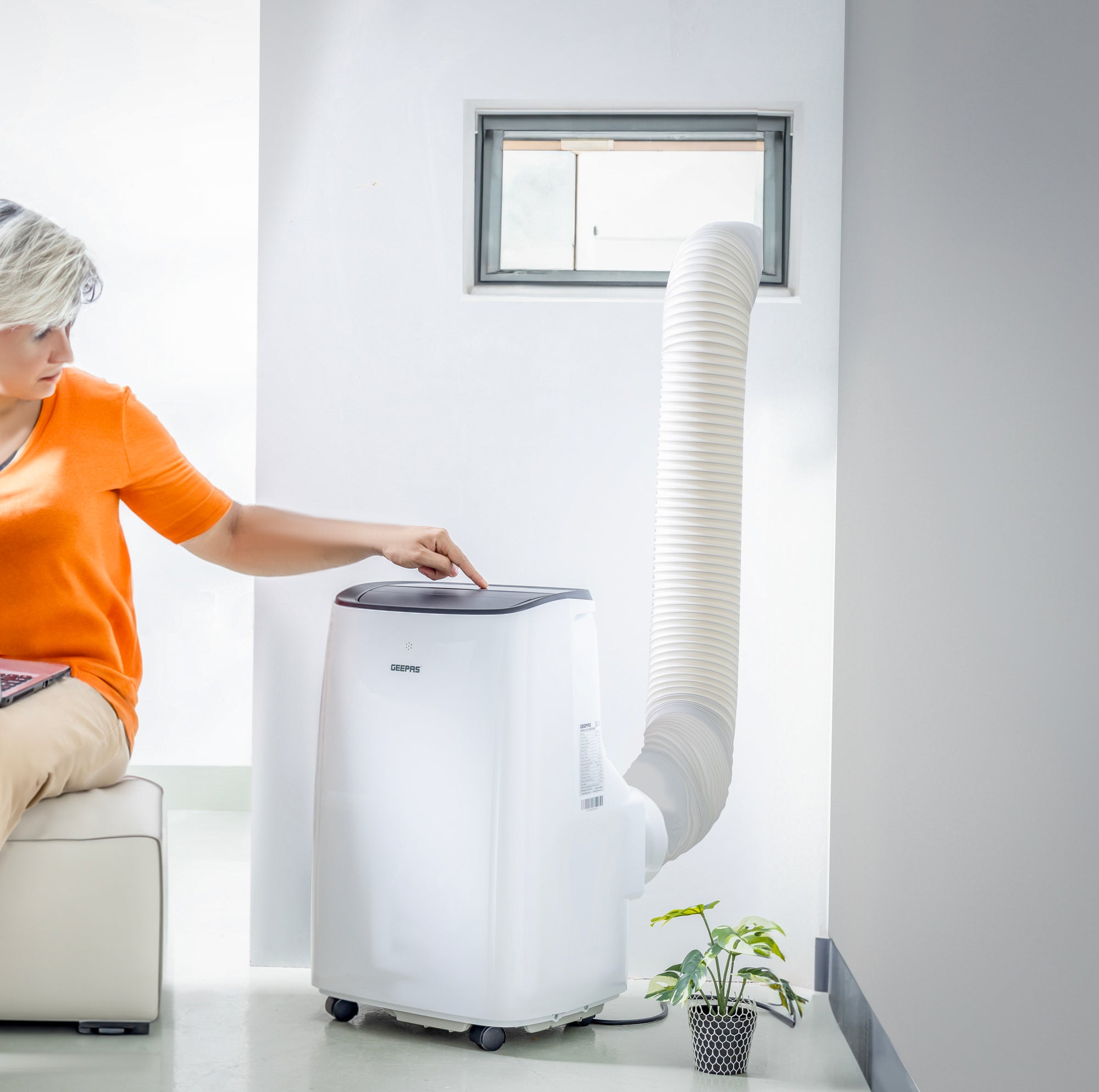Pressure cooking has gained immense popularity among home cooks due to its ability to save time, energy, and preserve the nutritional value of foods. For beginners, pressure cooking may seem intimidating, but fear not! This guide will walk you through the basics of pressure cooking, helping you understand the science behind it, select the right equipment, master essential techniques, and even provide some delicious recipes to get you started on your culinary journey.
What is Pressure Cooking?
Pressure cooking is a cooking method that utilizes steam and pressure to cook food in a sealed pot. By increasing the pressure inside the cooker, the boiling point of liquids rises, resulting in faster cooking times and more efficient heat transfer. The pressure cooker's design allows for a closed environment, trapping steam and moisture, which helps to tenderize tough cuts of meat and infuse flavours into dishes.
Why Should Beginners Try Pressure Cooking?
Before we dive into the specifics, let's explore the benefits of pressure cooking that make it an excellent choice for beginners. Firstly, pressure cooking is a tremendous time-saver, as it significantly reduces cooking times compared to traditional methods. Secondly, pressure cooking is energy efficient, requiring less time and heat to cook meals. Thirdly, pressure cooking retains the nutrients and flavours of the ingredients, leading to healthier and more delicious meals. Lastly, pressure cookers are versatile appliances that can cook a wide variety of dishes, ranging from meats and vegetables to soups and desserts.
Types of Pressure Cookers
When it comes to pressure cookers, there are two main types: stovetop pressure cookers and electric pressure cookers. Stovetop pressure cookers are the traditional variety that are used on the stovetop and require manual monitoring and regulation of heat. Electric pressure cookers, on the other hand, are standalone appliances that offer the convenience of pre-programmed settings, automatic pressure regulation, and built-in safety features.
Essential Equipment for Pressure Cooking
To get started with pressure cooking, you'll need a few essential tools. The core component is, of course, the pressure cooker itself. When selecting a pressure cooker, consider the capacity, material, and safety features. Additionally, you may need a trivet or steamer basket to elevate food from the cooking liquid, a pressure release valve to control pressure levels, and a reliable recipe book or online resources to guide your cooking adventures.
Getting Started with Pressure Cooking
Before diving headfirst into pressure cooking, it's crucial to read the user manual that comes with your pressure cooker. This will familiarize you with the cooker's components, safety guidelines, and operating instructions. Once you're acquainted with the basics, perform a water test to ensure the pressure cooker is functioning correctly. This test will help you understand how to properly seal the cooker and build up pressure before cooking.
Safety Tips for Pressure Cooking
Safety is paramount when using a pressure cooker, so it's essential to understand the various venting and pressure release methods. Natural pressure release involves allowing the pressure to subside gradually, which is ideal for delicate foods or recipes that require longer cooking times. Quick pressure release, on the other hand, involves manually releasing the pressure using the pressure release valve. However, caution should be exercised to avoid steam burns, and proper techniques must be followed.
Here are the top five pressure cooking safety tips to follow when pressure cooking:
-
Read the manual: Familiarize yourself with the specific instructions and safety guidelines provided by the manufacturer of your pressure cooker. Each model may have unique features or requirements.
-
Check for damages: Before each use, inspect the pressure cooker for any signs of damage, such as a faulty pressure valve or a damaged gasket. Do not use a pressure cooker that is compromised in any way.
-
Use sufficient liquid: Always ensure that you have enough liquid (water, broth, etc.) in the pressure cooker before cooking. Insufficient liquid can cause the food to burn and may result in a dangerous increase in pressure.
-
Vent properly: When releasing pressure after cooking, follow the instructions to vent the steam safely. Avoid placing your face or hands directly above the vent or releasing steam in the direction of cabinets or other objects.
-
Be cautious of high pressure: Keep a safe distance from the pressure cooker when it is under pressure. Avoid moving or transporting it while it's pressurized, as this can lead to accidents and burns.
Choosing the Right Ingredients for Pressure Cooking
Pressure cooking can work wonders with different types of ingredients. When selecting meats and poultry, tougher cuts like beef chuck or pork shoulder are perfect candidates as the high pressure and moist heat help tenderize them. Beans and legumes can be cooked from their dried state without pre-soaking, making them convenient choices. Vegetables and grains retain their texture and nutrients well under pressure. Experimenting with different ingredients will allow you to explore the versatility of pressure cooking.
Essential Techniques for Pressure Cooking
To master pressure cooking, it's crucial to understand and utilize essential techniques. Sautéing and browning ingredients before pressure cooking can enhance the flavours and textures of dishes. Most pressure cookers have a sauté function that allows you to do this directly in the pot. Understanding the right amount of liquid to use and adapting recipes for pressure cooking is also essential. Pressure cooking requires less liquid than traditional methods, and it's crucial to follow guidelines and make adjustments accordingly.
Understanding Pressure Release Methods
Properly releasing pressure is vital in pressure cooking. Natural pressure release involves allowing the pressure to subside naturally after cooking. This method is ideal for foods that are sensitive to sudden pressure changes, such as delicate vegetables or dishes with high starch content. Quick pressure release, on the other hand, involves manually releasing the pressure using the pressure release valve. It's essential to follow safety precautions to avoid accidents.
Adjusting Cooking Times for Pressure Cooking
Cooking times and pressure levels play a significant role in pressure cooking. High pressure is the default setting for most recipes, while low pressure is suitable for more delicate ingredients. Adjusting cooking times based on the recipe and the thickness or size of the ingredients is essential for achieving optimal results. Factors such as altitude and elevation can also impact cooking times, so it's essential to consider these variables when pressure cooking.
Flavourful Recipes for Beginners
Now comes the fun part—cooking delicious dishes in your pressure cooker! There's a wide range of recipes you can try, such as hearty soups and stews, one-pot meals, and even desserts. Some popular options include vegetable soup, beef stew, chicken and rice casserole, and vegetarian chili. For those with a sweet tooth, a moist chocolate lava cake or a creamy rice pudding can be easily prepared in a pressure cooker. Experiment with different recipes and discover your favourites.
Troubleshooting Common Issues in Pressure Cooking
As a beginner, you may encounter a few common issues when pressure cooking. Food sticking to the pot can be resolved by properly deglazing the pot or using cooking sprays or oil to prevent sticking. Overcooking or undercooking can be mitigated by adjusting cooking times and pressure levels based on the specific recipe and ingredient. It's important to test for doneness and make adjustments accordingly.
Cleaning and Maintenance of Pressure Cookers
Proper cleaning and maintenance ensure the longevity and performance of your pressure cooker. After each use, it's crucial to clean the pressure cooker thoroughly, paying attention to removable parts and the sealing ring. Regular inspection of components like the pressure release valve and other parts is also recommended to ensure they're in proper working condition. Storing the pressure cooker correctly is essential to prevent damage.
Congratulations! You've mastered the basics of pressure cooking. By understanding how pressure cookers work, selecting the right equipment, and utilizing essential techniques, you're now ready to embark on your pressure cooking adventure. Remember to choose the appropriate ingredients, adjust cooking times, and explore a variety of flavourful recipes. With practice and experimentation, you'll soon become a confident pressure cooker enthusiast, impressing your loved ones with delicious meals cooked in no time. So, put on your apron and get cooking—it's time to enjoy the wonderful world of pressure cooking!




